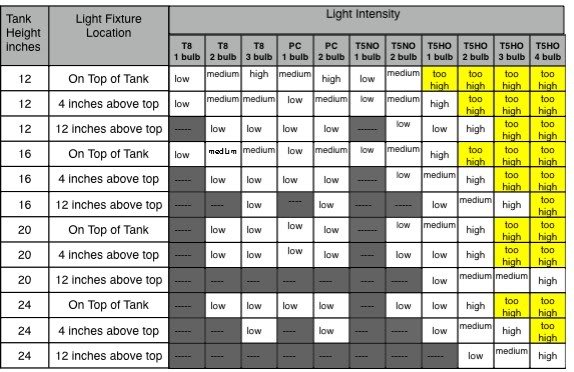Mordachai
Aquarium Advice Regular
I've got a dual T5 light that is billed as "HE" (High Efficiency) 2x28W.
Most of the stuff I read about lighting uses W/gallon as a rough metric for low/med/high lighting.
But do the T5's punch above their weight? Is 1W of T5 == 1W of T8?
And how does one work in the difference between a standard CFL vs. a Full spectrum 6700K CFL, in terms of W/Gallon?
Most of the stuff I read about lighting uses W/gallon as a rough metric for low/med/high lighting.
But do the T5's punch above their weight? Is 1W of T5 == 1W of T8?
And how does one work in the difference between a standard CFL vs. a Full spectrum 6700K CFL, in terms of W/Gallon?



